Women's fashion history from roughly the 17th to 20th centuries. I combine art history and fashion photography with painted portraits of fashionable women, to tell the story of dress.My other Art History Blogs:@pagansphinxartblog@larobeblanche@thepaintedroom@artofthestilllife@sassafrasandmoonshine@thecanvasmirror
Don't wanna be here? Send us removal request.
Text
Beaded Antique Purse Show






#fashion history#art#art & fashion#antique purses#vintage purses#beaded purses#women's fashion history#the resplendent outfit blog
18 notes
·
View notes
Text
1950s Bathing Beauties







#fashion history#women's fashion history#1950s swimsuit fashions#vintage swimsuits#photo fashion plates#the resplendent outfit fashion blog
13 notes
·
View notes
Text
Illustration to Dress Match-up


Elsa Schiaparelli (Italian, 1890 - 1973) • Evening Dress • 1939 • The Philadelphia Museum of Art
#fashion history#fashion plate#fashion illustration#elsa schiaparelli#1930s fashion#designer fashion#picture to dress match up#the resplendent outfit blog#evening dress#fashion blogs on tumblr
37 notes
·
View notes
Text
A Selection of 1920s Fashion Plates
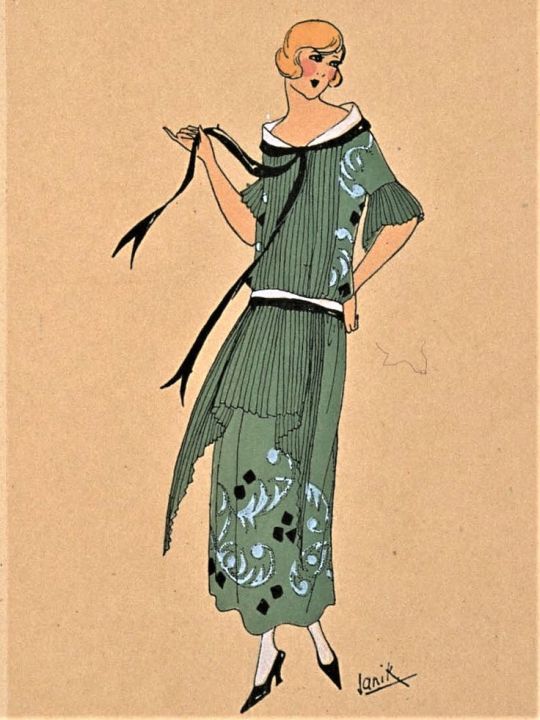
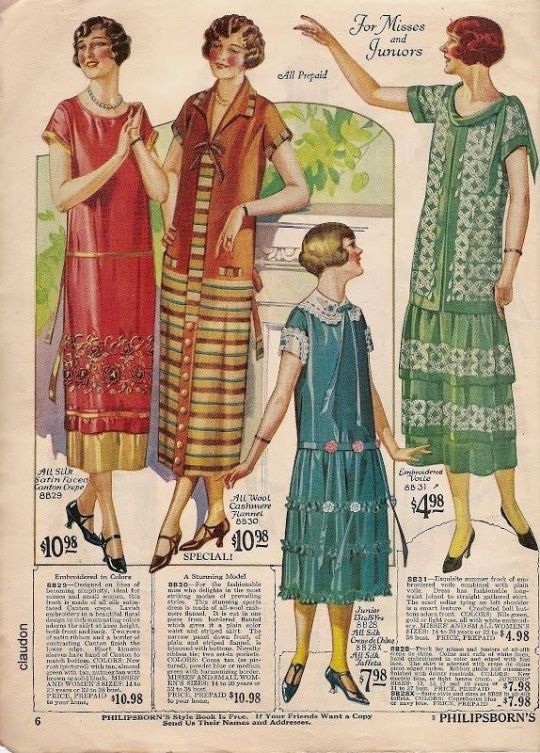
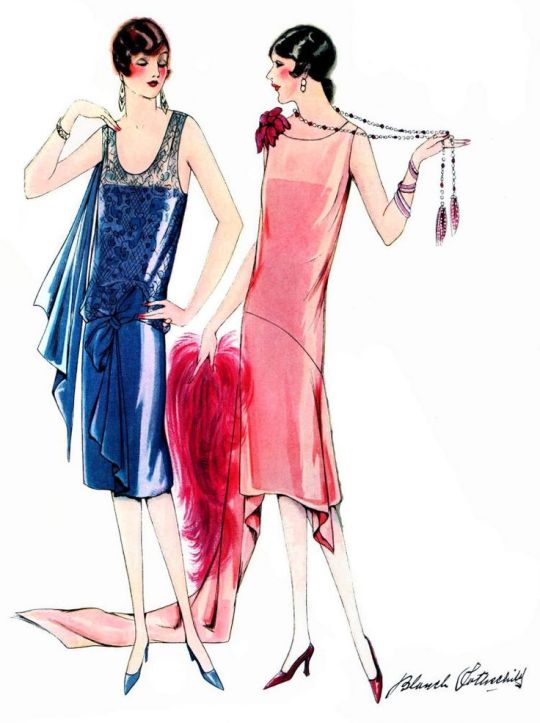
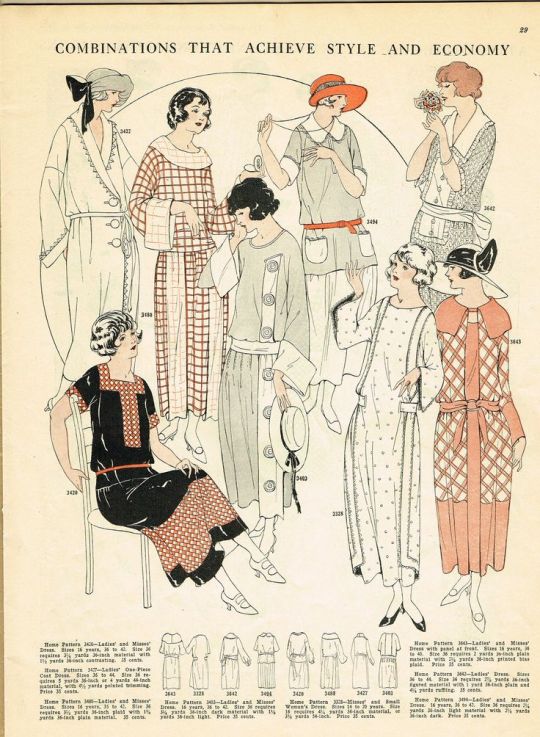
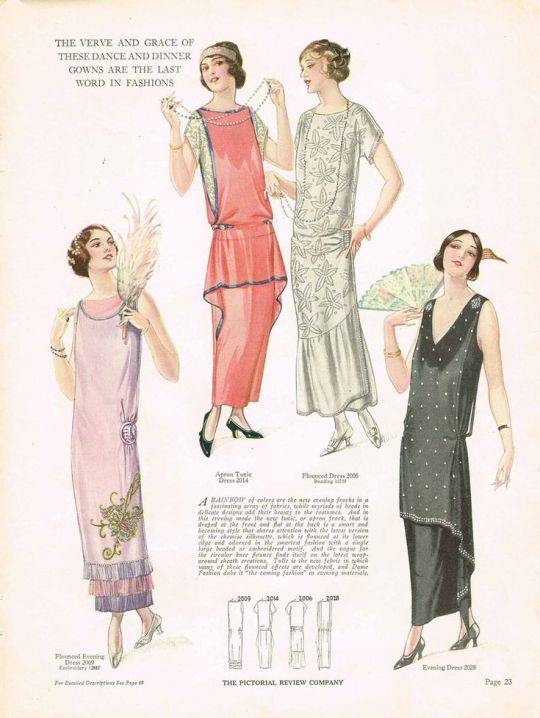
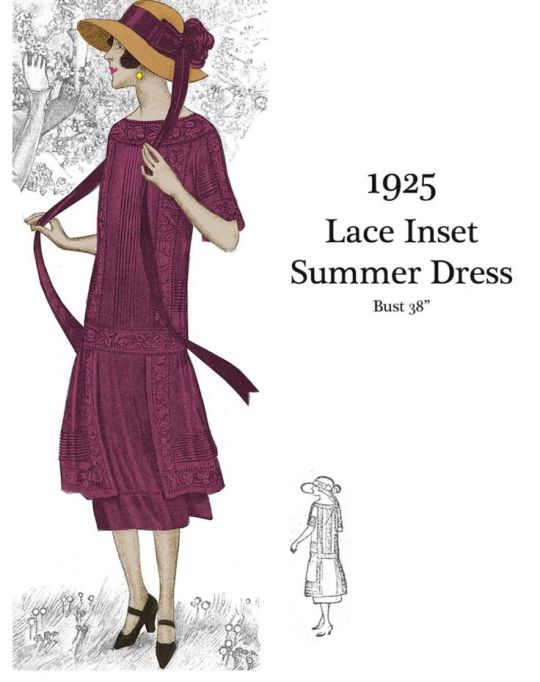
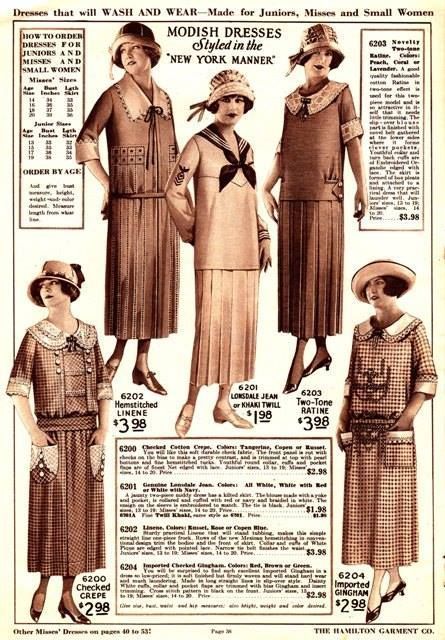
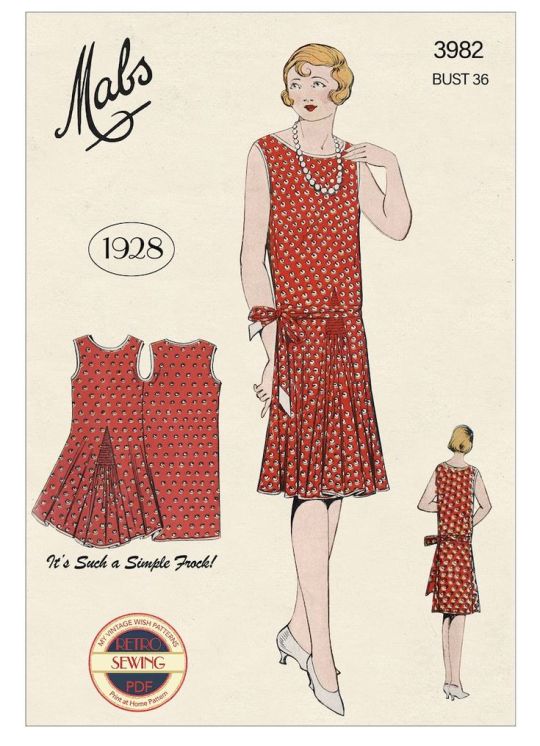
#fashion history#1920s fashion#women's fashion history#roaring 20s fashion#flapper fashion#fashion plates#vintage fashion plates#the resplendent outfit art & fashion blog
17 notes
·
View notes
Text
Robert Henri's Exquisitely Dressed Spanish Dancers
Robert Henri (American, 1865 - 1949)
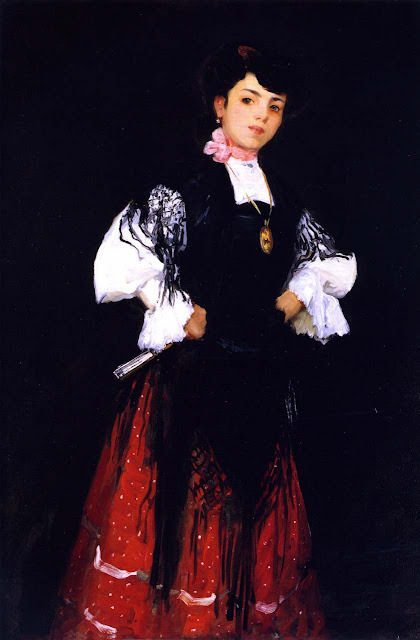
Spanish Girl of Madrid • 1908
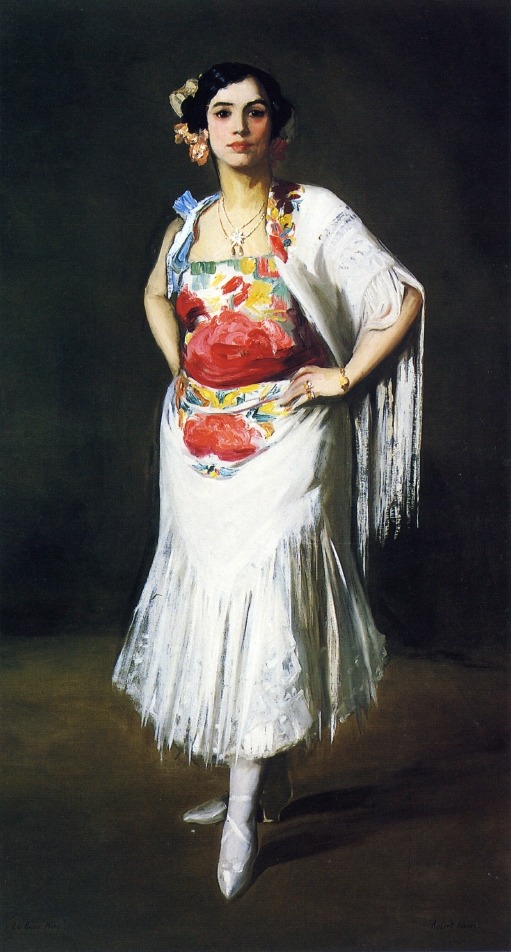
La Raina Mora • 1906
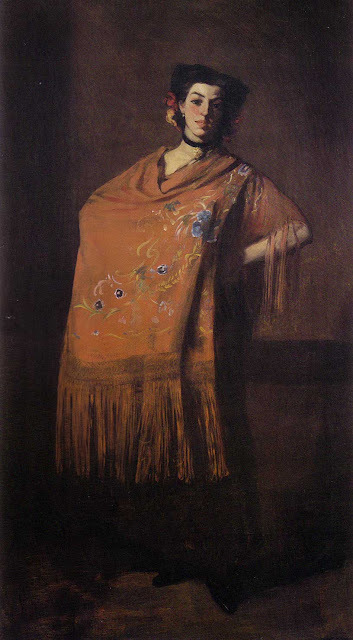
Spanish Dancing Girl • 1904
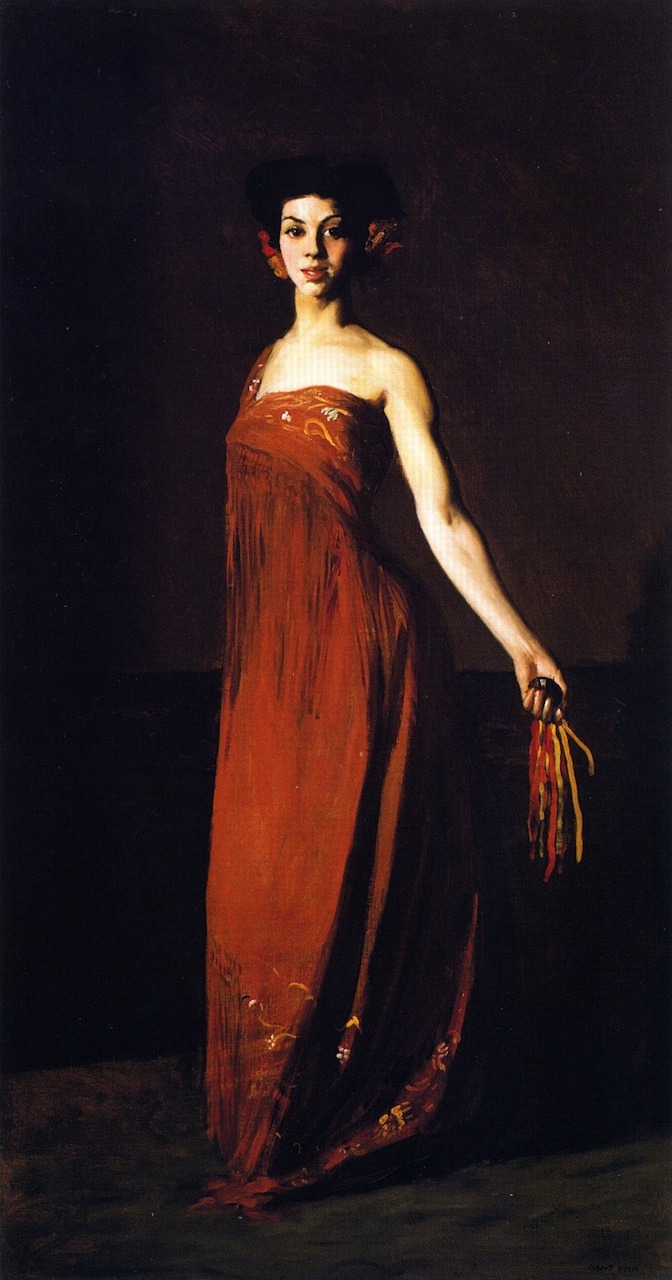
Spanish Dancer • 1904
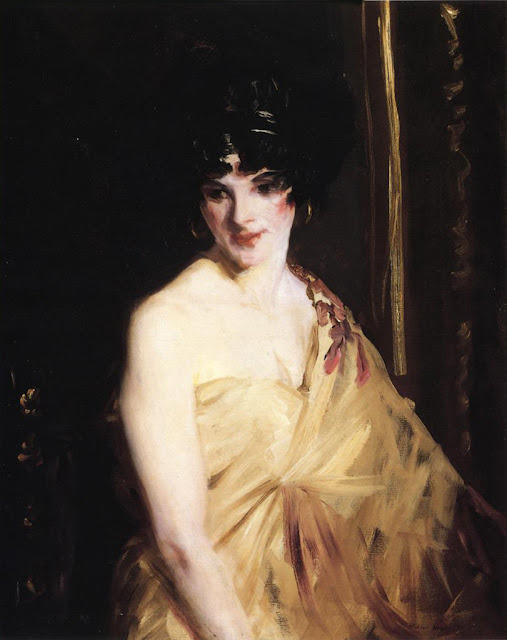
Betalo (The Dancer) • 1910
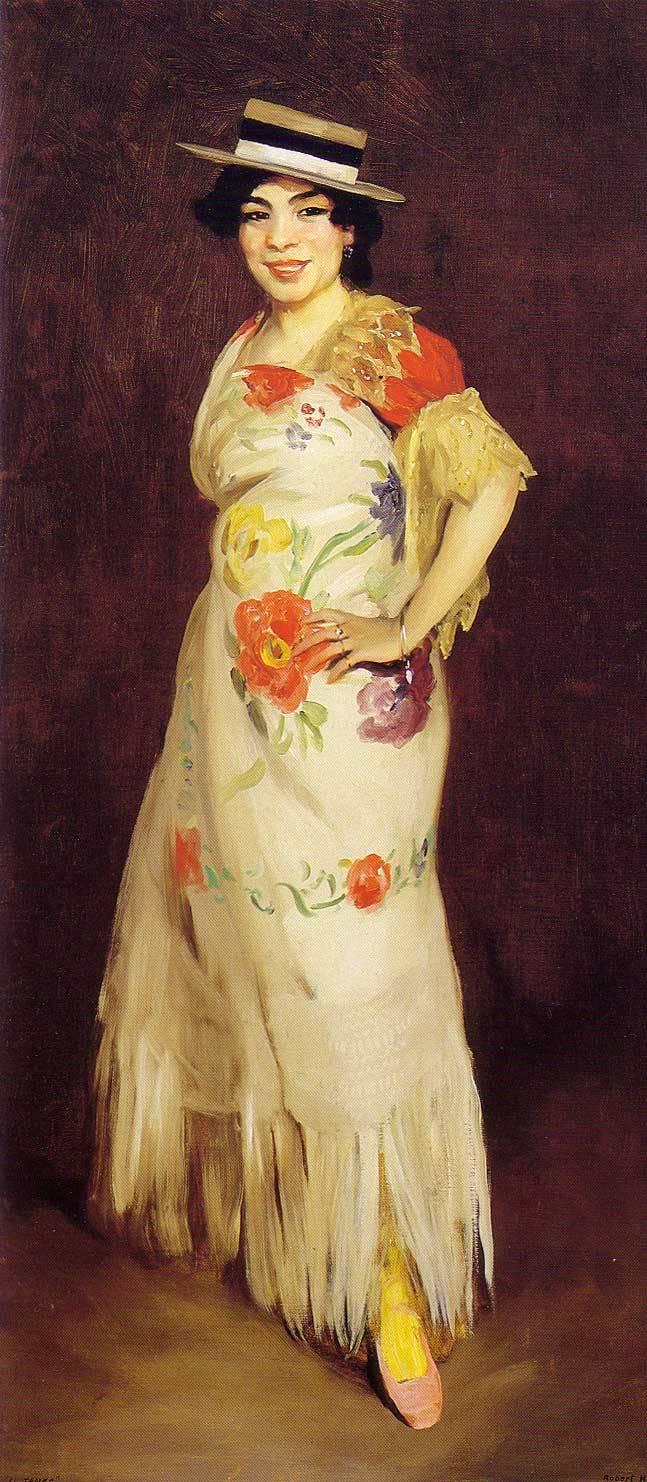
El Tango • 1908
#art#fashion history#art history#traditional dresses#portraits#spanish dancer portraits#the resplendent outfit fashion blog#art & fashion#robert henri#painting#oil painting#american artist#early 20th century american art#fashion blogs on tumblr
17 notes
·
View notes
Text
1930s Summer Dresses
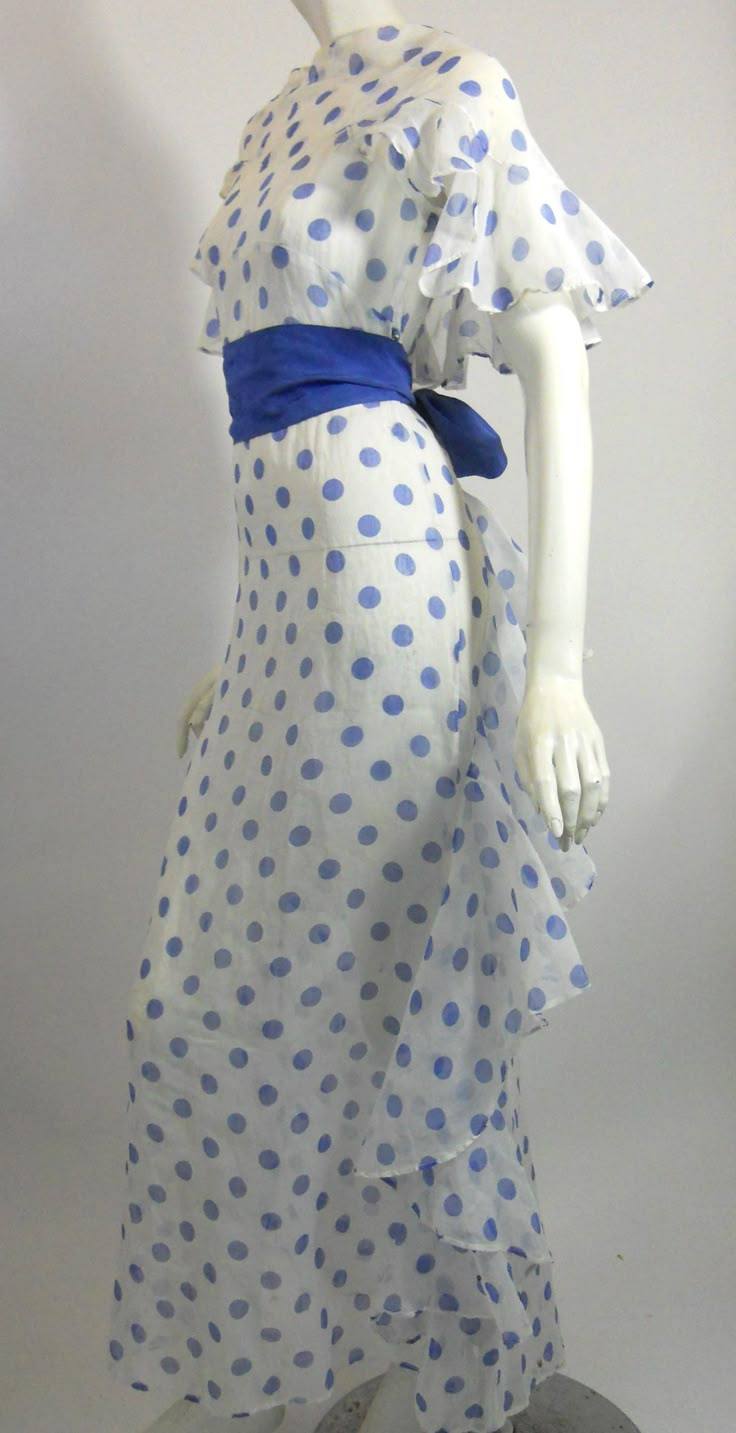

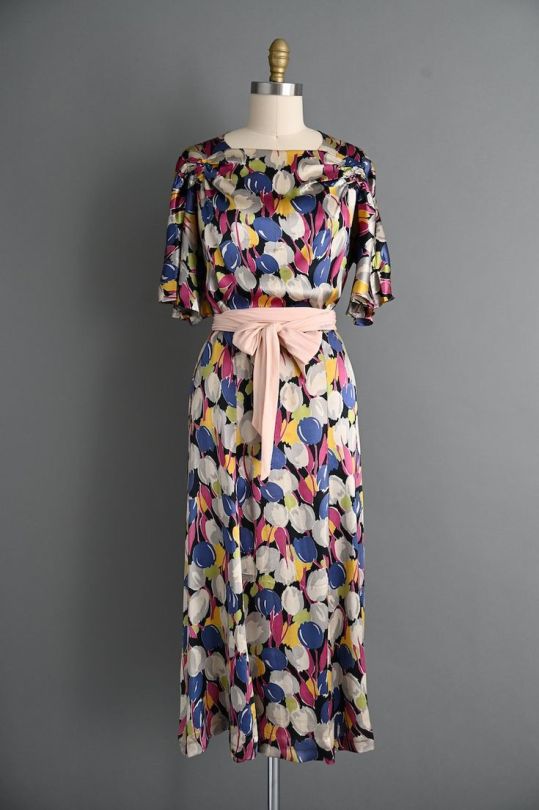
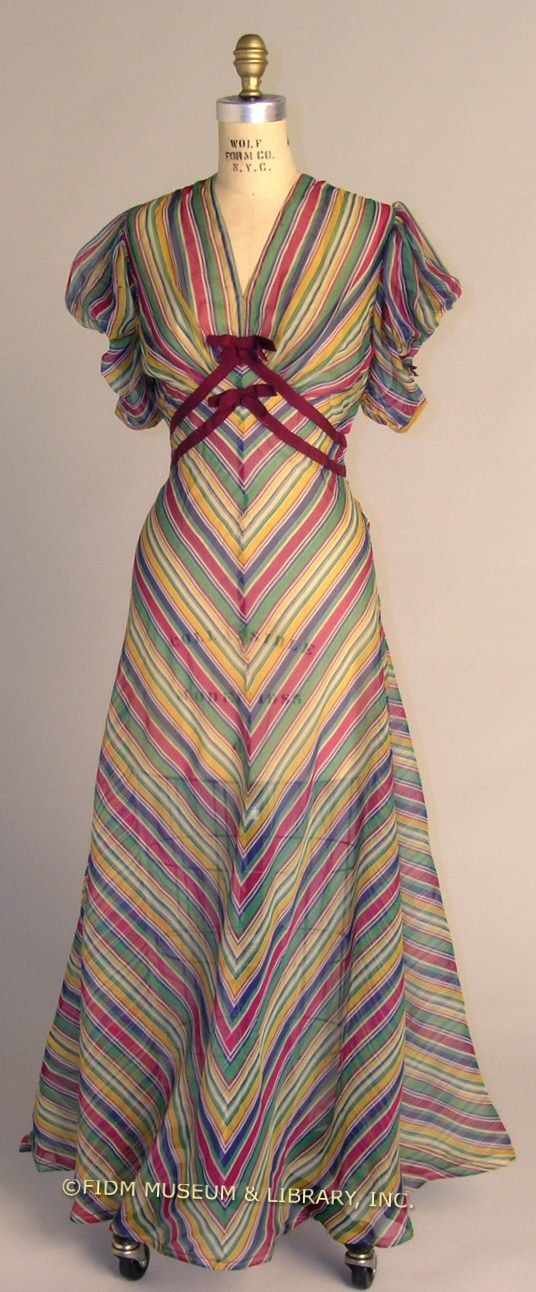
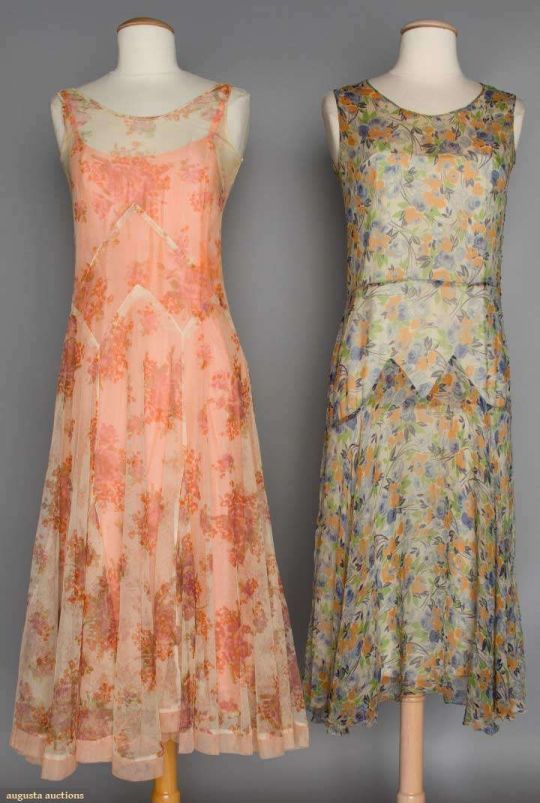
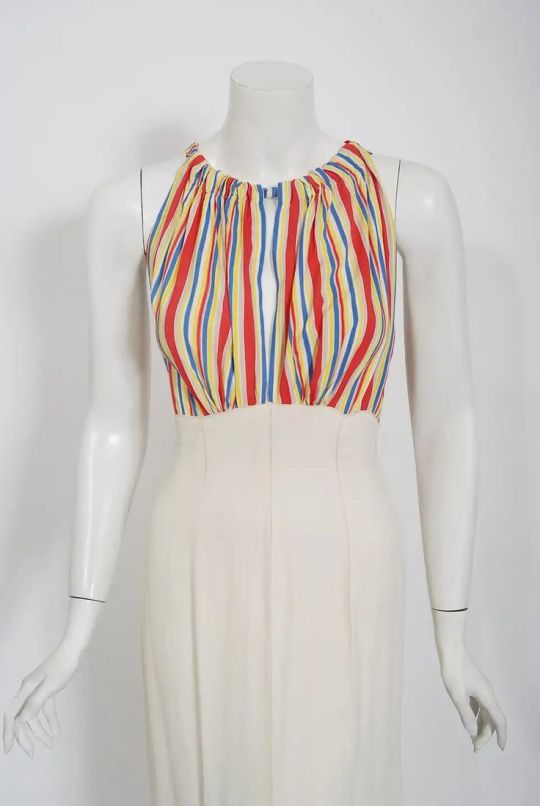
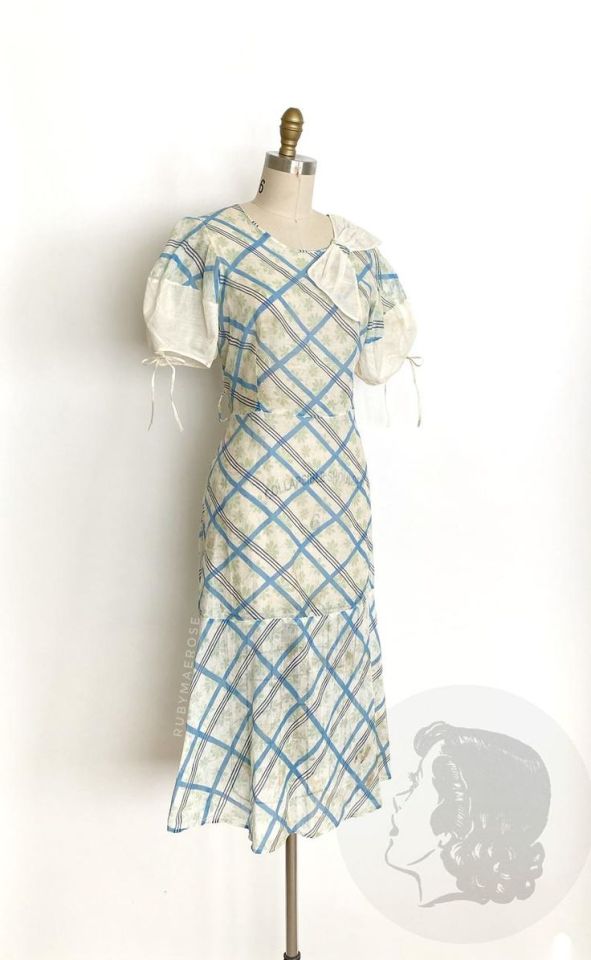
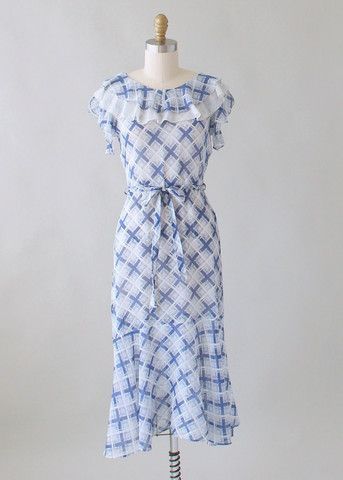
#fashion history#women's fashion history#1930s fashion#the resplendent outfit blog#vintage dresses#summer dresses
44 notes
·
View notes
Text
Costume Party
A new feature where I share a unique costume or two from across the historic timeline. Who knows, perhaps one will inspire your next party get-up.
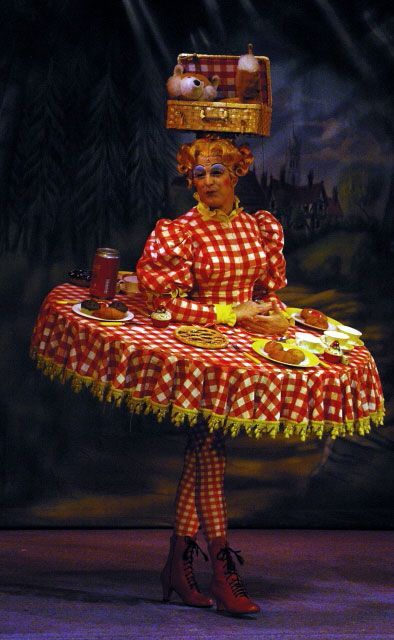
Nigel Ellacott (British/Scottish, 1953-2024) was one of the United Kingdom’s foremost pantomime dames, panto historian, writer, costume designer.
#costume history#costume party#art#nigel ellacott#theater#pantomime#the resplendent outfit blog#costume designer
11 notes
·
View notes
Text
1920s Portrait Beauties
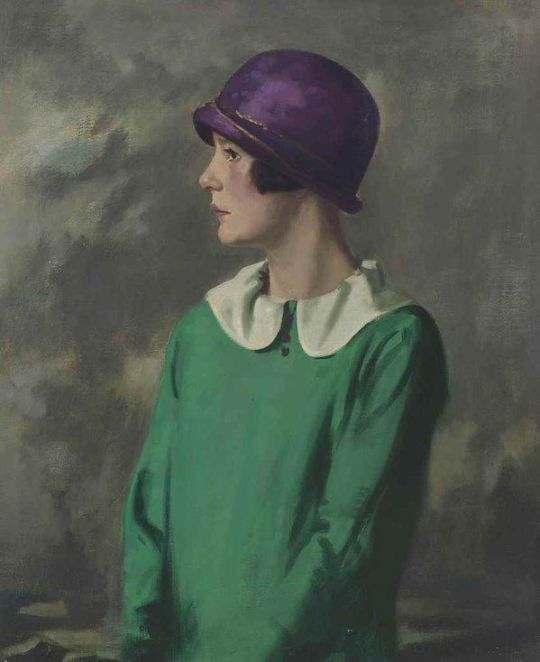
Archibald George Barnes (British, 1887–1972) • The purple cloche • 1920s

David Jagger (British/English, 1891 - 1958) • Portrait of Vivien St. George • 1928
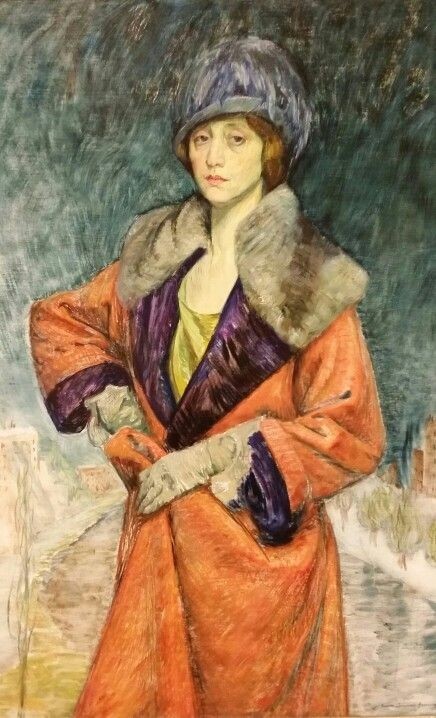
Frances Cranmer Greenman (American, 1890 - 1981) • Self Portrait • 1923 • Minneapolis Institute of Art, Minneapolis, Minnesota, U.S.
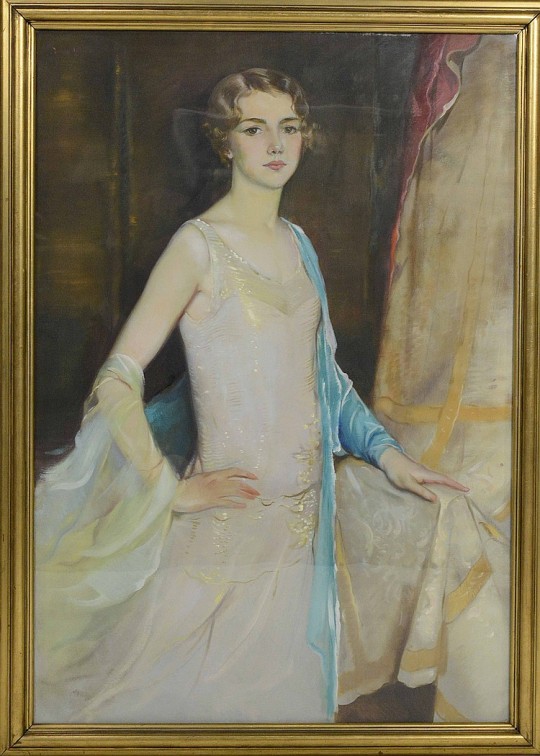
Julius Rolshoven (American, 1858-1930) • 1929
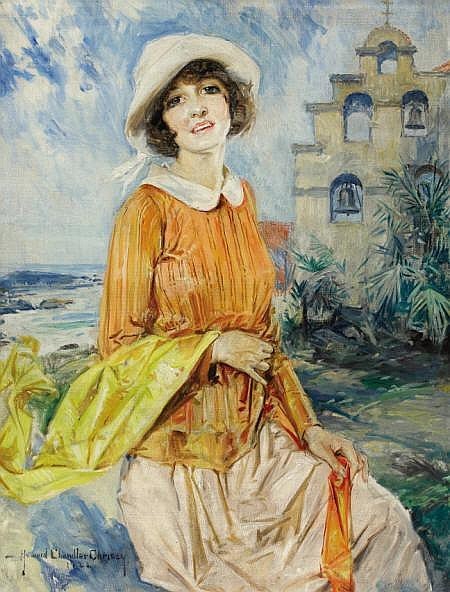
Howard Chandler Christy (American, 1872-1952) • Female Portrait • 1922
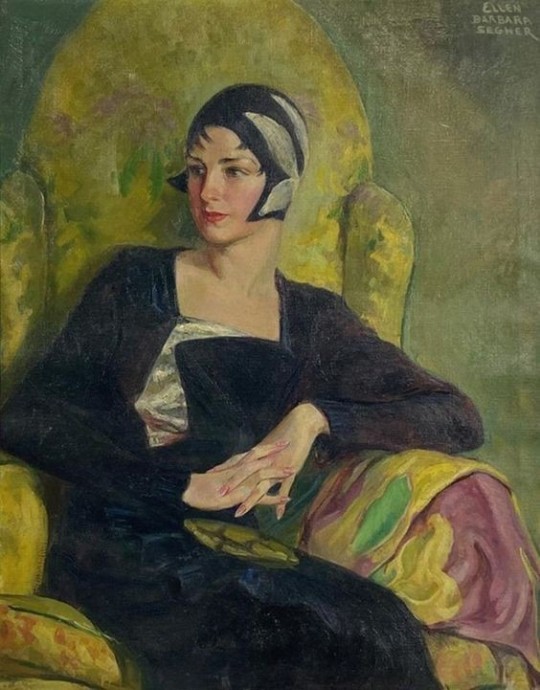
Ellen Barbara Segner (American, 1901 - 2001) • Portrait of a Seated Art Deco Woman • 1920s
#fashion history#art#painting#art history#portrait#the resplendent outfit blog#women's fashion history#fine art#howard chandler christy#ellen segner#1920s painted ladies#1920s fashion#art & fashion#julius rolshoven#frances greenman#archibald barnes
34 notes
·
View notes
Text
Feminine & Flowery in the 1930s
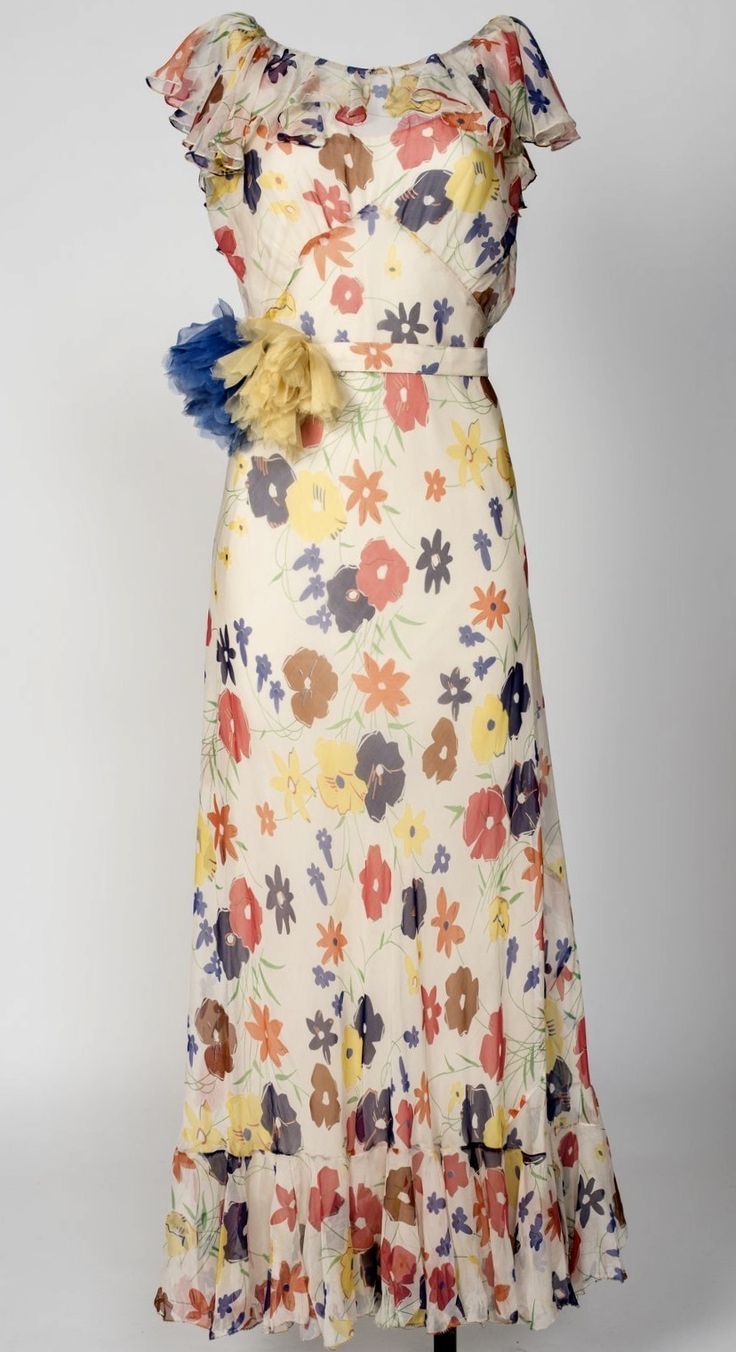
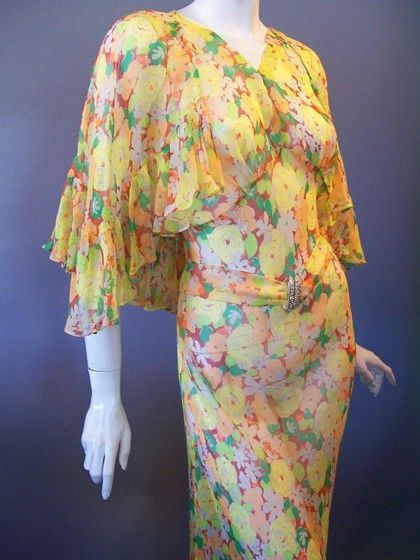
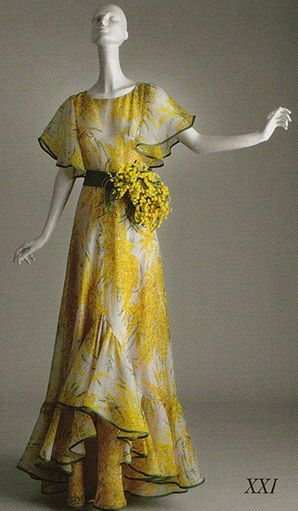
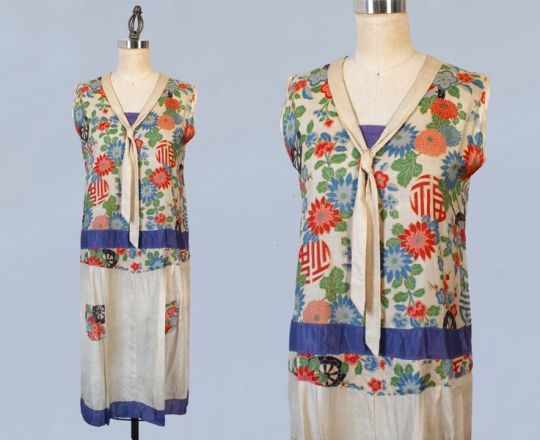
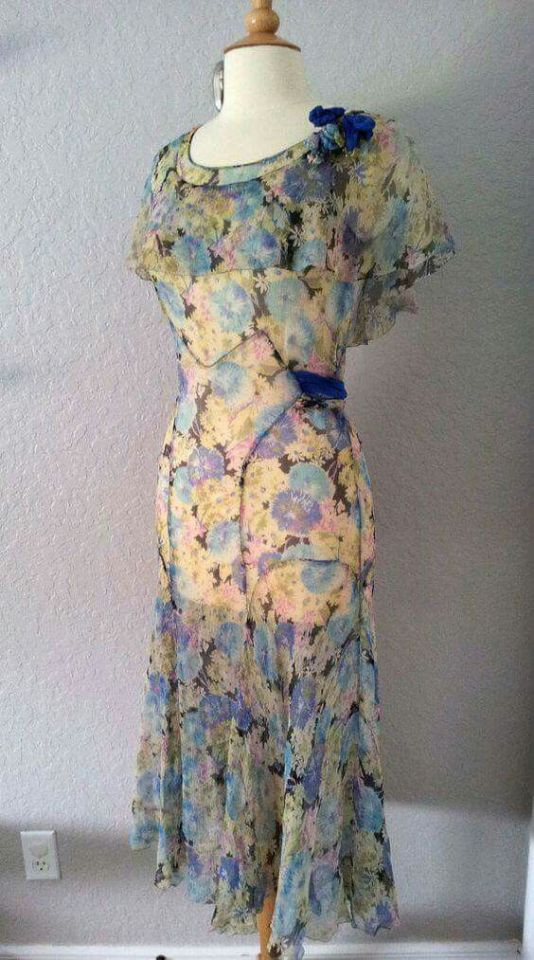
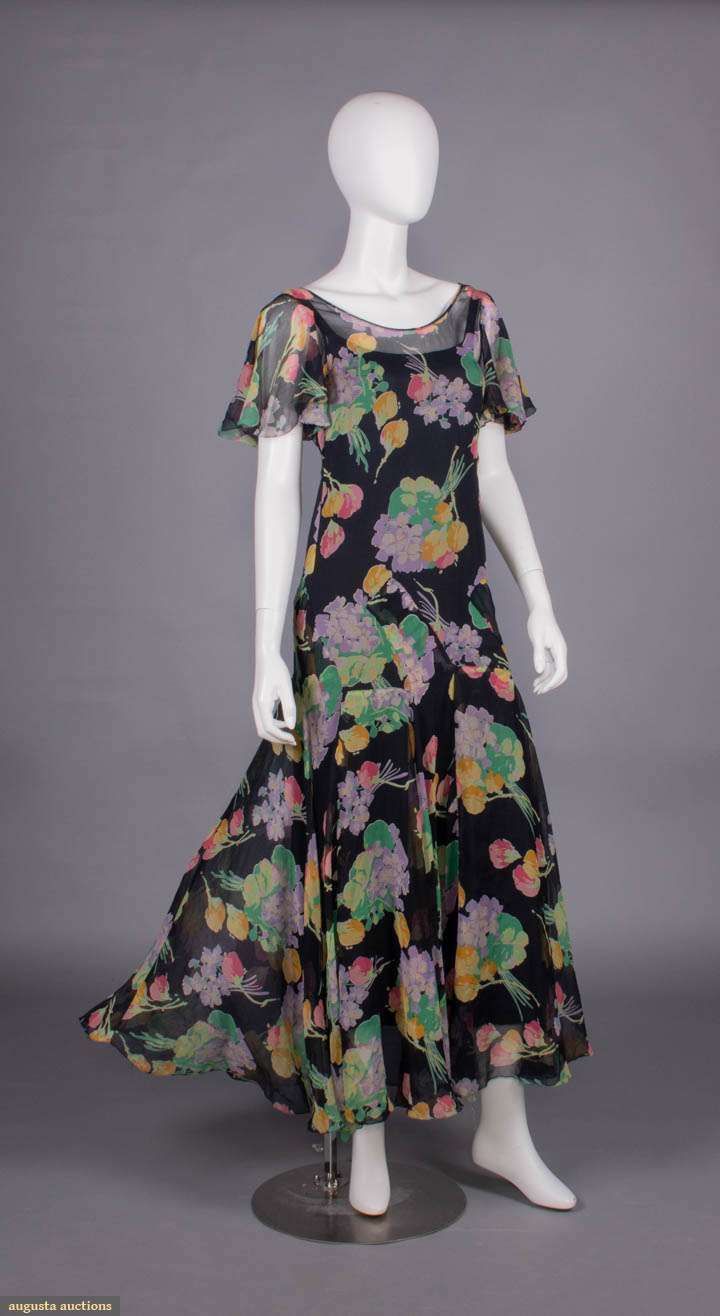
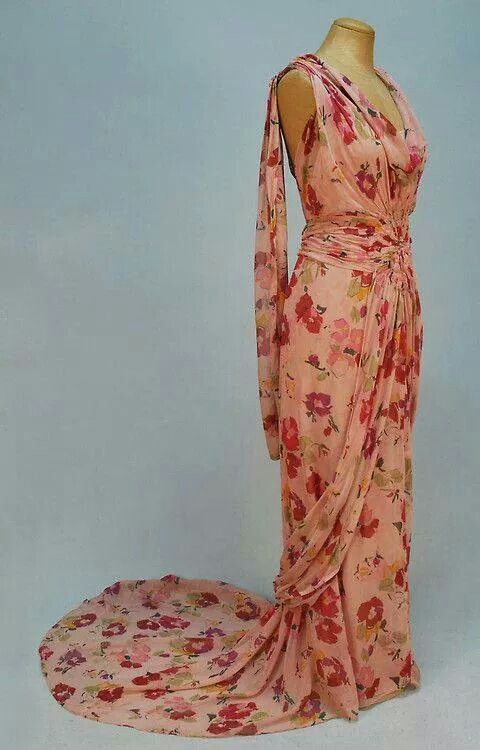
#fashion history#1930s dresses#womens fashion history#vintage fashion#historical fashion#summer dresses#the resplendent outfit blog#fashion blog
33 notes
·
View notes
Text
Painting to Dress Match-up

Franz Russ the Elder (Austrian, 1817–1892) • Kaiserin Elisabeth von Österreich (Princess Elisabeth of Austria) • 19th century

Dress re-creation
#fashion history#art history#austrian royal dress#royal portrait#19th century gown#historic dresses#history portrait#franz russ the elderp#painting to dress match-up#the resplendent outfit blog#art & fashion history blog
13 notes
·
View notes
Text
Portraits in Green
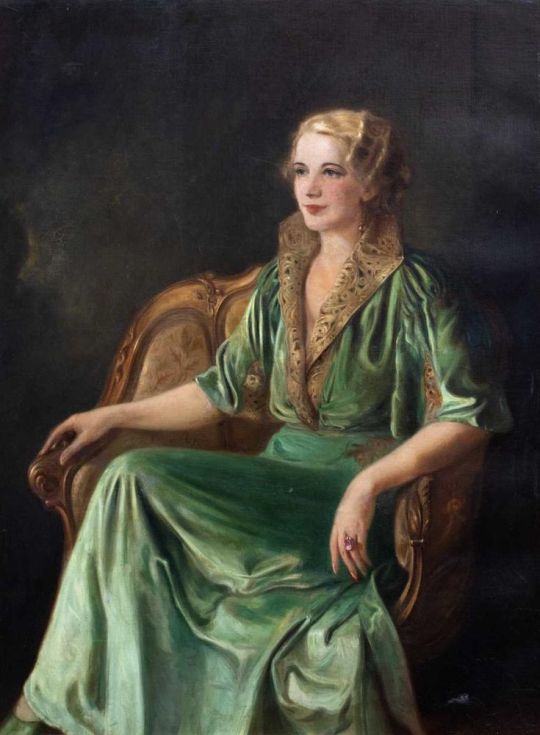
Richard von Marientreu (British, 1902-1991) Portrait of a Lady in a Green Dress • 1930
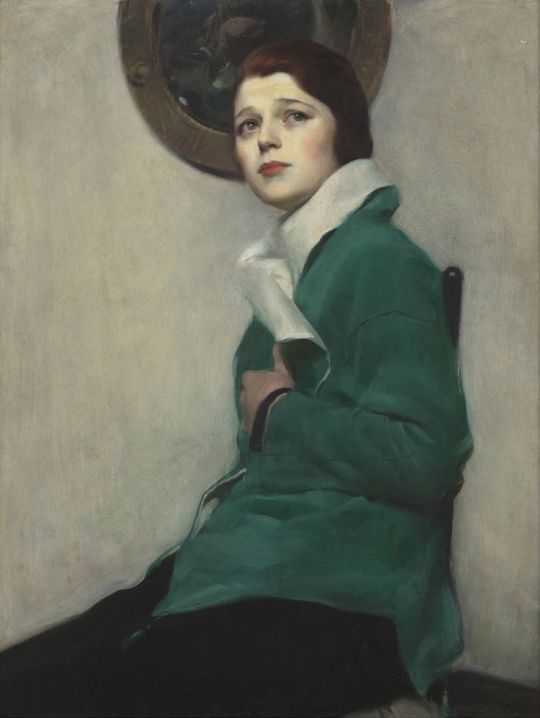
David Jagger (British, 1891-1958) • An Elegant Lady • 1920
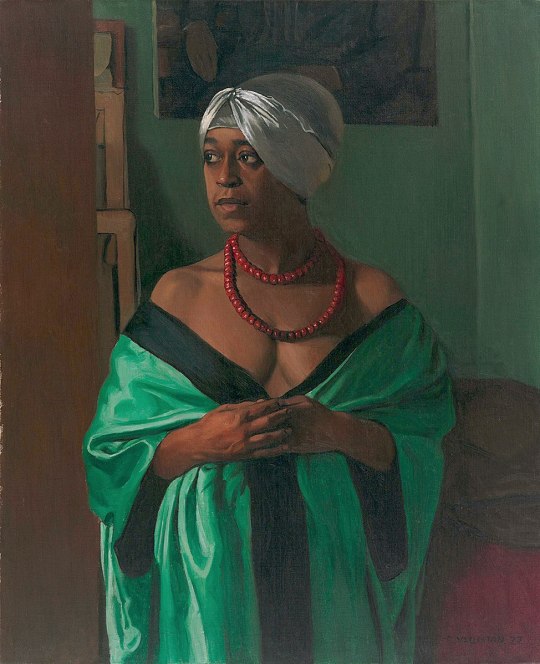
Félix Edouard Vallotton (Swiss, 1865 - 1925) • Portrait of Aïcha Goblet • 1922
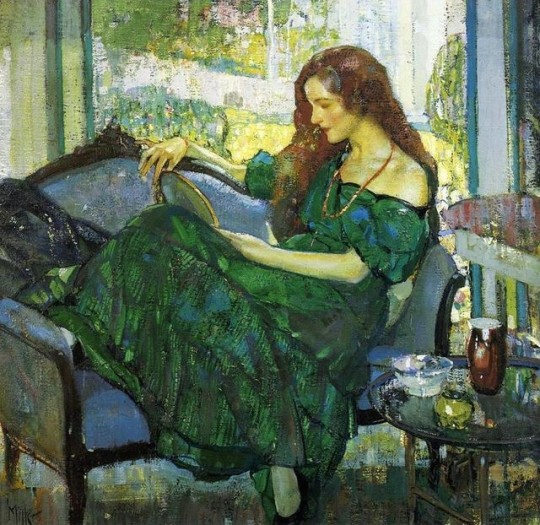
Richard E. Miller (American, 1875–1943) • Miss V. in Green • 1915
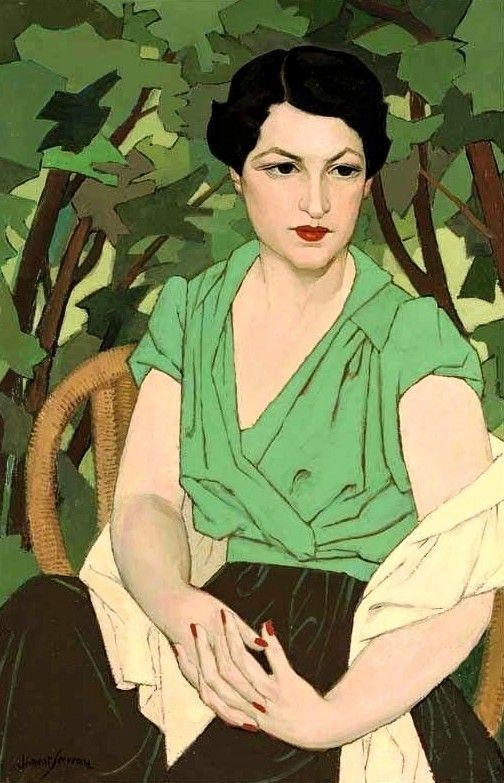
Clément Serveau (French, 1886 - 1972) • La Chemise verte • Unknown date
#fashion history#art#painting#portrait#women's fashion history#figurative art#clément serveau#green fashions#richard miller#female portraits#félix vallotton#richard von marientreu#david jagger#the resplendent outfit blog#art & fashion blog
39 notes
·
View notes
Text
More 1920s Portrait Beauties
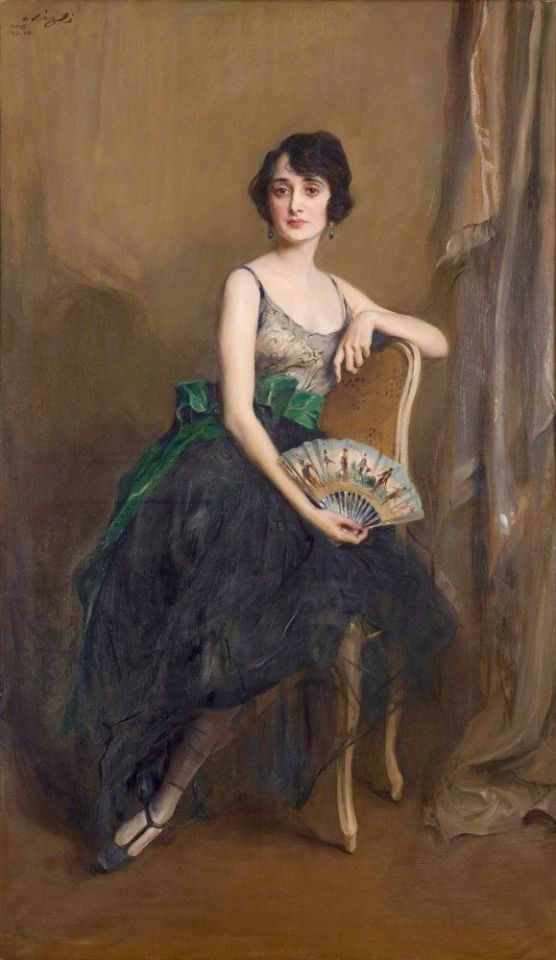
Philip de László (Hungarian, 1869 - 1937 ) • Mercedes Santamarina Gastañaga • 1921
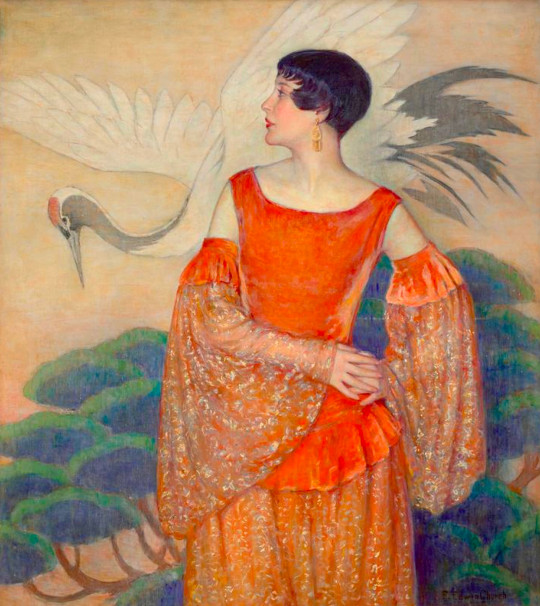
F. Edwin Church (American, 1876-1975) Lady in Charlotte's Dress • c. 1928
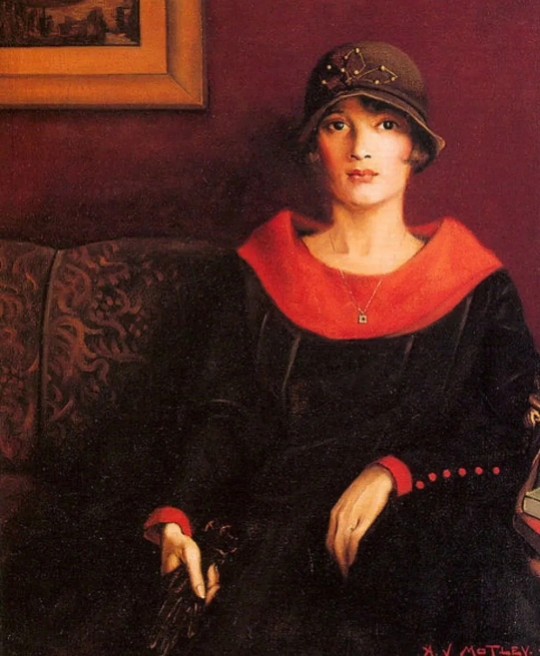
Archibald Motley Jr. (American, 1891 -1981) • The Octoroon Girl • 1920s
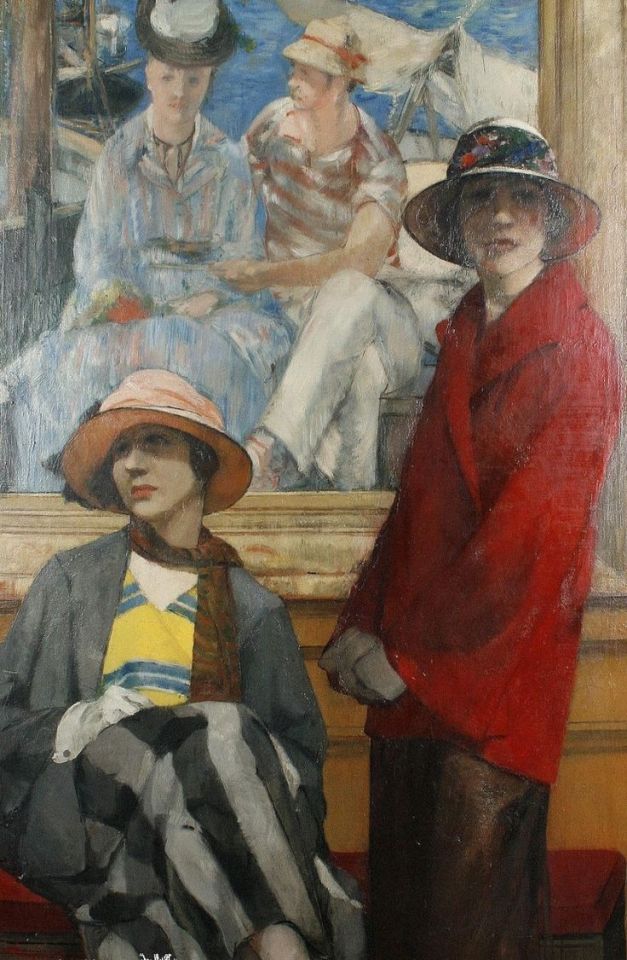
Georges van Zevenberghen (Belgian, 1877 - 1968) • Le Manet • 1922
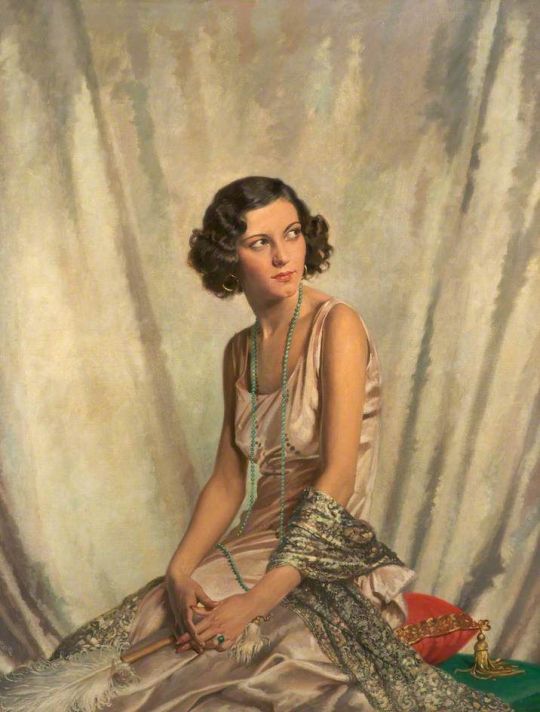
Howard Somerville (British, 1873–1952) • Miss Nora Baring • 1920s
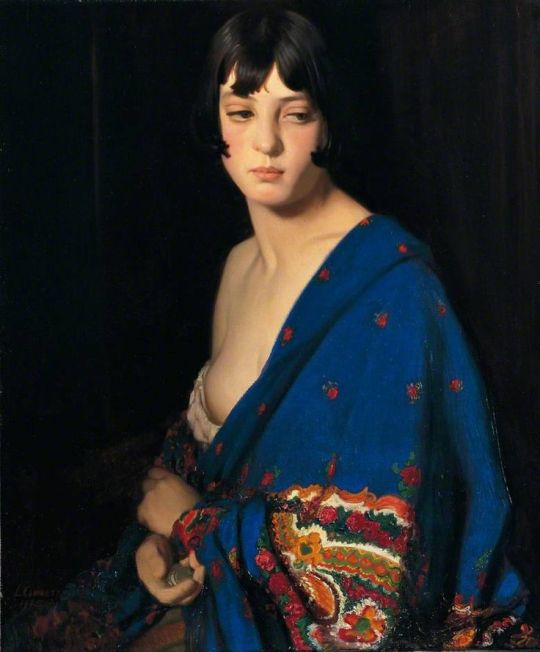
Louis Ginnett (British, 1875–1946) Jacinta • 1925
#fashion history#art history#paintings#portrait painting#art & fashion#fashionable portraits of women#louis ginnett#howard somerville#georges van zevenberghen#archibald motley#f. edwin church#philip de lászló#women's fashion history#the resplendent outfit blog#painting#art#fine art#1920s fashion
33 notes
·
View notes
Text
Painting to Dress Match-up

William Dargie (Australian, 1912-2003) • Portrait of Dinah Krongold • c. 1950

Beaded velvet and satin evening gown • Emilio Schuberth, designer, Rome • c. 1950
#fashion history#art#art history#portrait#women's fashion history#painting#fine art#1950s fashion#vintage gown#designer evening gowns#william dargie#society portrait#the resplendent outfit blog#painting to dress match up
31 notes
·
View notes
Text
A Collection of Antique Beaded Purses
I've been collecting images of beaded purses that are truly works of art. I unfortunately can't identify them according to their respective fashion era. Still, I hope you enjoy them as much as I do!
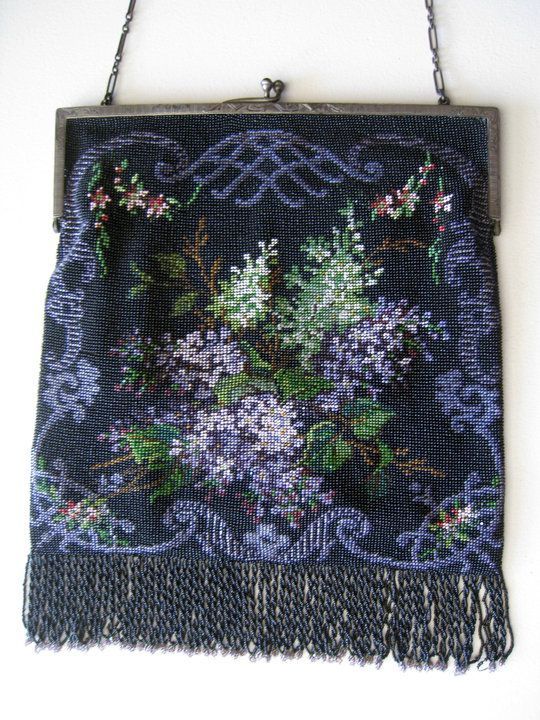
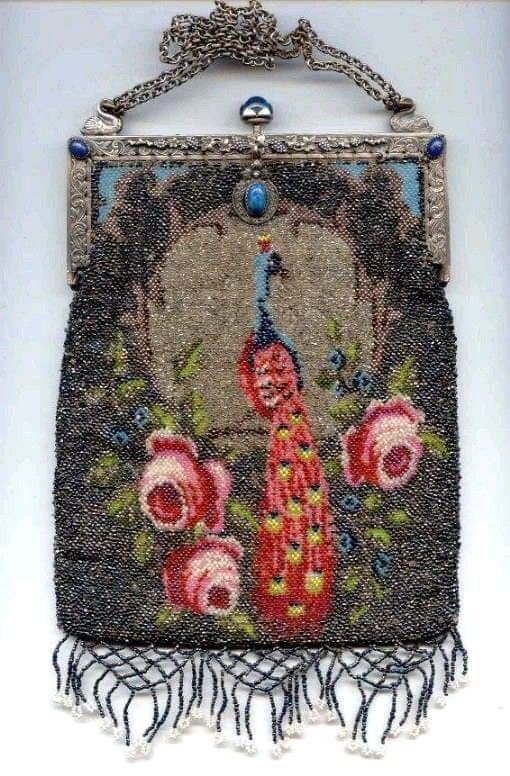
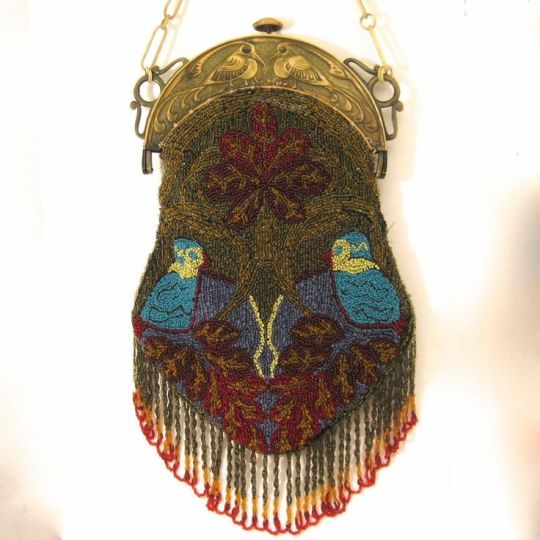
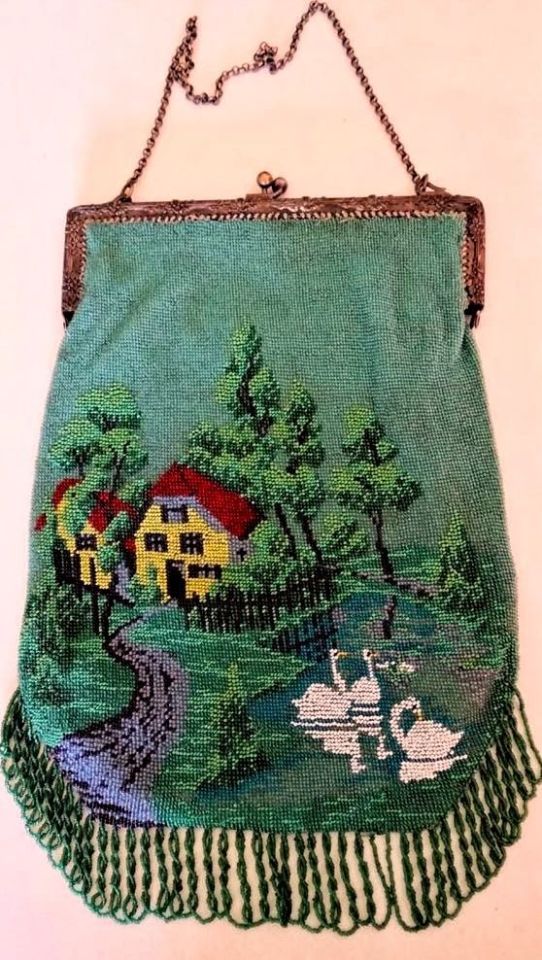
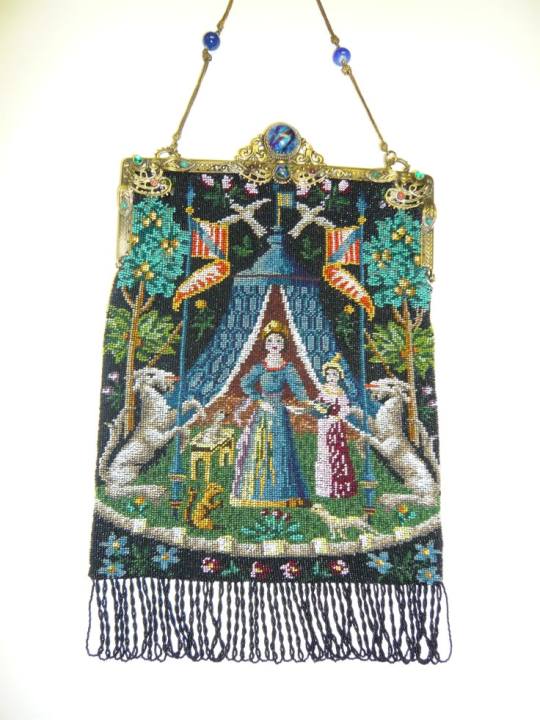
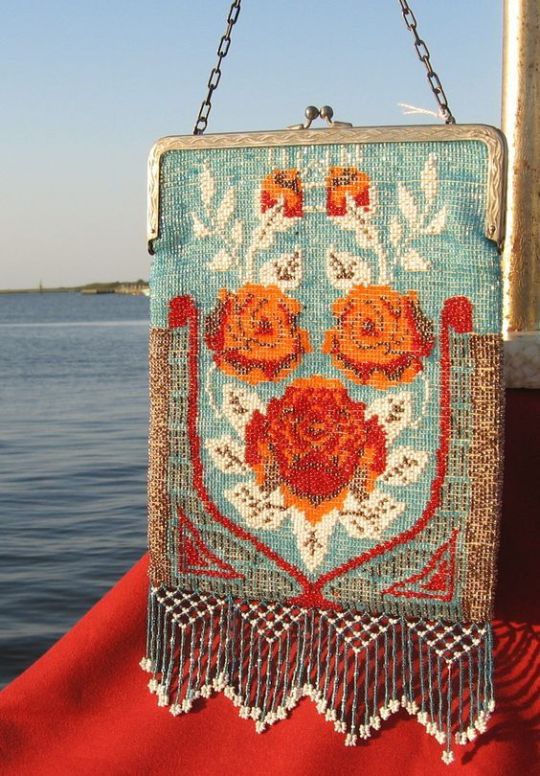
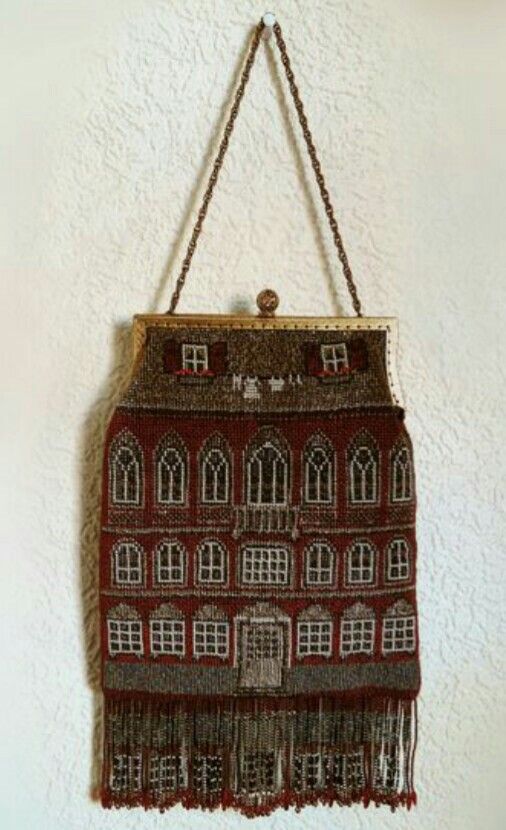
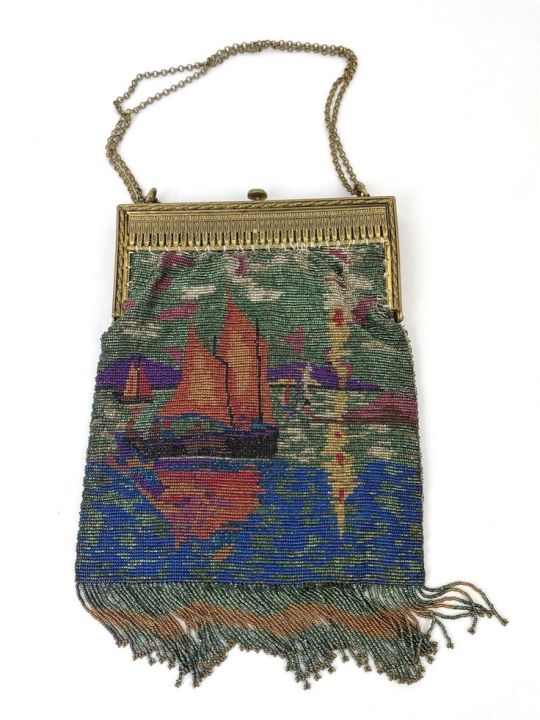
#fashion history#women's fashion history#beaded purses#antique purses#vintage fashion#the resplendent outfit art & fashion blog
90 notes
·
View notes
Text
Portraits of Pauline
Herbert James Gunn (British/Scottish, 1893 - 1964)
James Gunn was one of Great Britain's foremost portraitists, painting many society portraits as well as those of officials and dignitaries. His most ubiquitous and beloved subject, however, was his wife, Pauline. Gunn rendered the beautiful Pauline many times, capturing her elegance and her fashionable wardrobe.
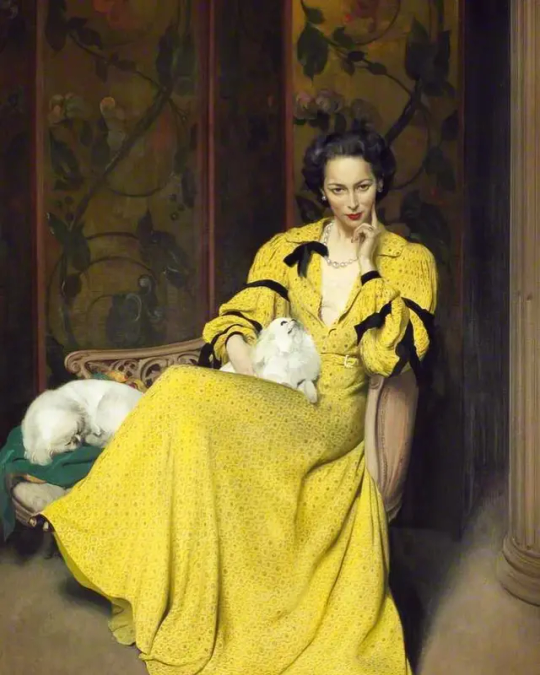
Pauline in the Yellow Dress • 1947
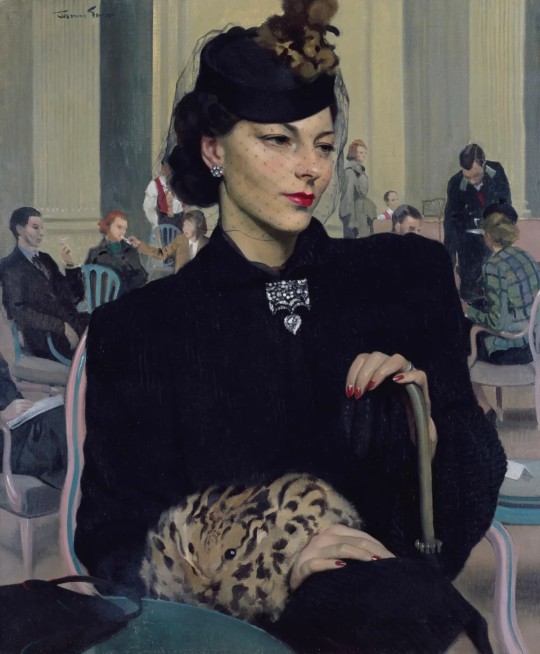
Pauline Waiting • 1939


Right: Pauline in McLeod Tartan • 1946
Left: My Wife, Pauline • c. 1933
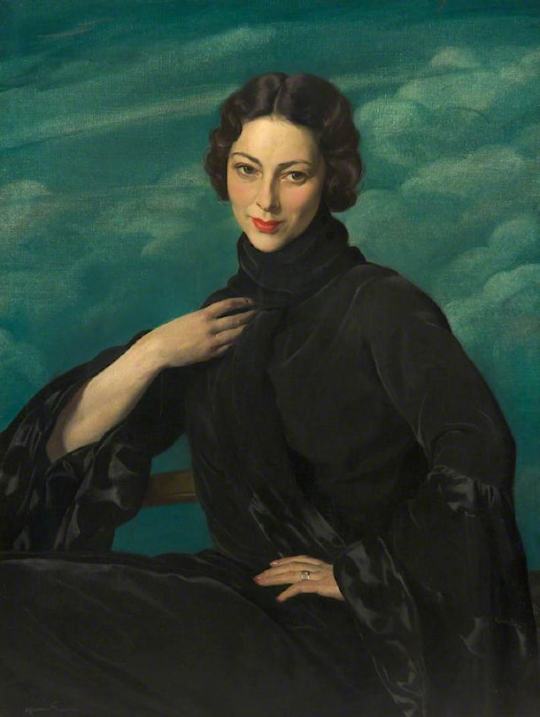
Pauline, the Artist's Wife • c. 1930
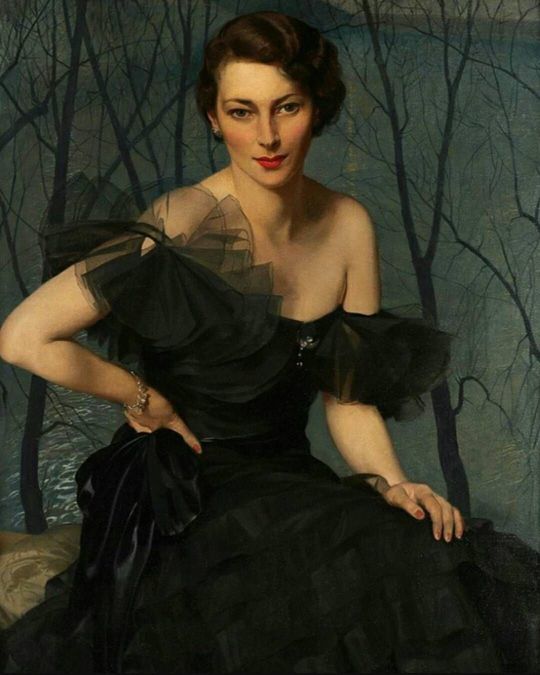
Pauline in Paris • 1936
#fashion history#art#art history#james gunn#painting#portrait#fine art#paintings of the artist's wife#fashionable portraits#female portraits#1930s fashion#1940s fashion#vintage style#the resplendent outfit art & fashion blog#women's fashion history#pauline gunn
102 notes
·
View notes
Text
British Painter Doris Zinkeisen's Elegant Women (Including Herself)
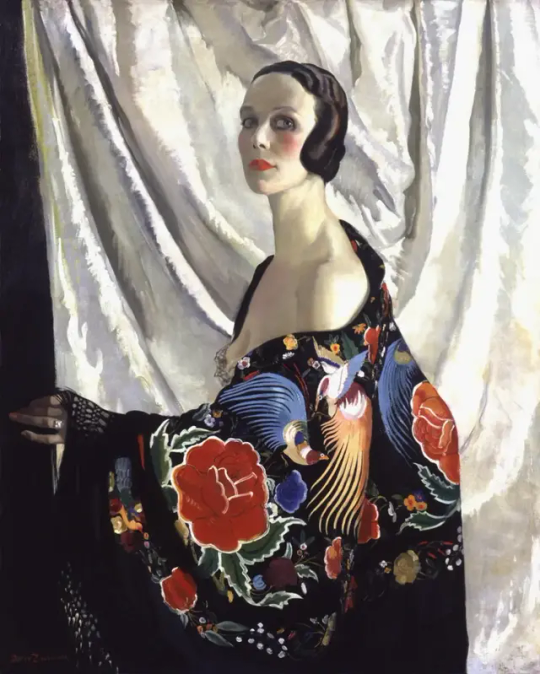
Doris Zinkeisen (British, 1898 -1991) • Self-Portrait • 1929
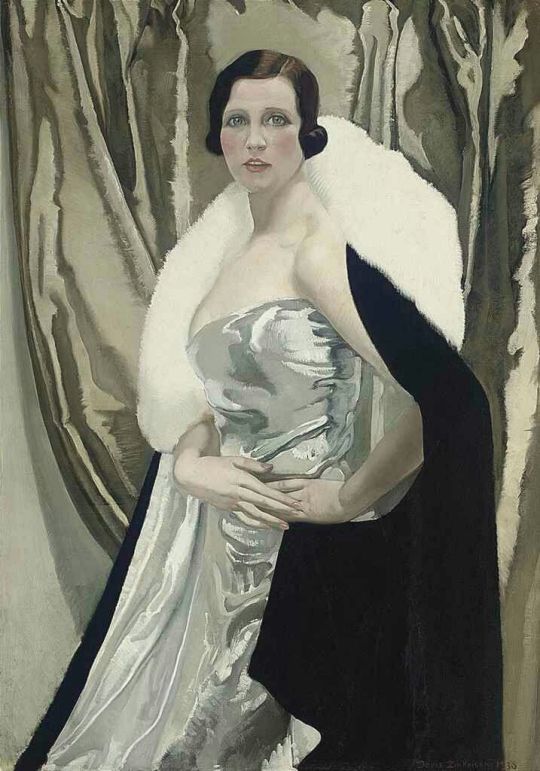
Portrait of Mrs Irwin Buxton in a silver dress • 1930
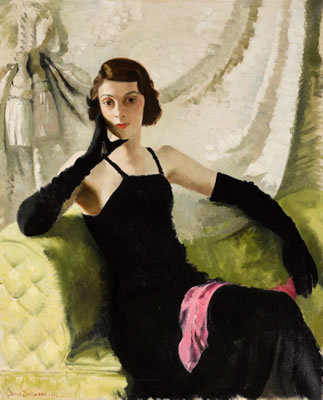
Portrait of Mrs. Sanders Watney • 1937
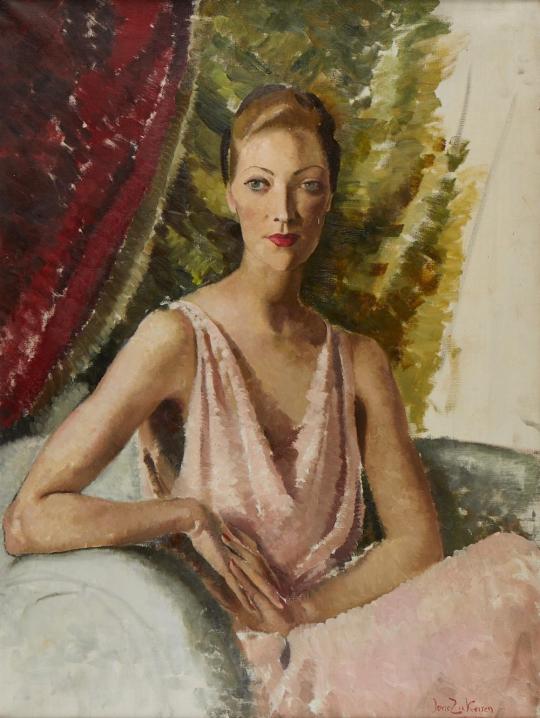
Portrait of a Woman at the Opera • Unknown date
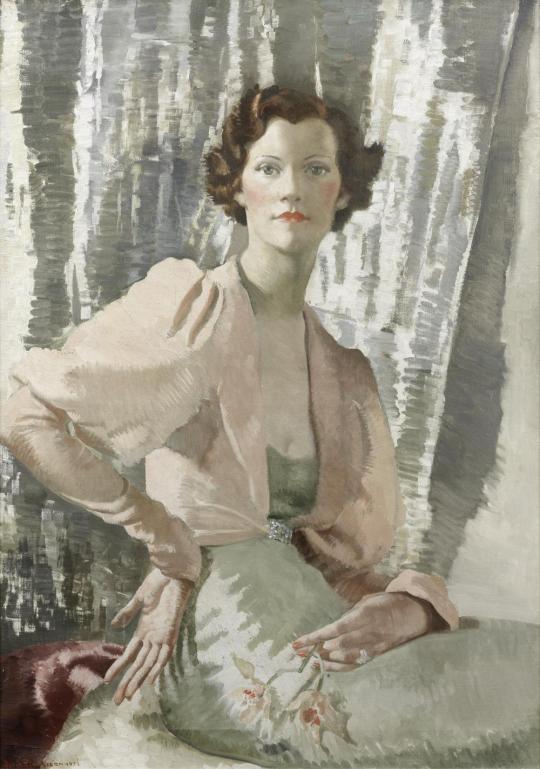
Portrait of Miss Harold Taylor • 1933
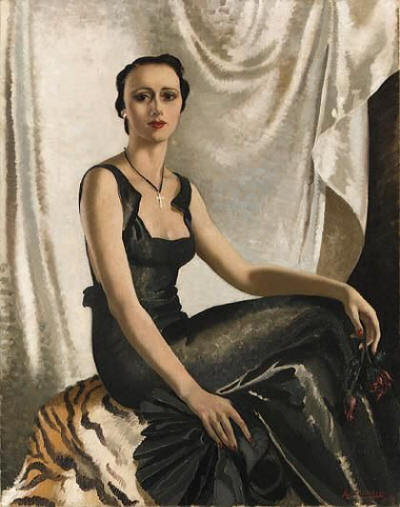
Portrait of Consuela Kennedy in an Evening Dress • 1937
#art#painting#art history#fashion history#women's fashion history#female portraits#doris zinkeisen#woman artist#fashionable portraits#fine art#society portraits#1930s fashion#art & fashion#art & fashion blog#british artist#the resplendent outfit blog
18 notes
·
View notes
Text
Bernard Boutet de Monvel's Stylish Women
(French, 1881–1949)
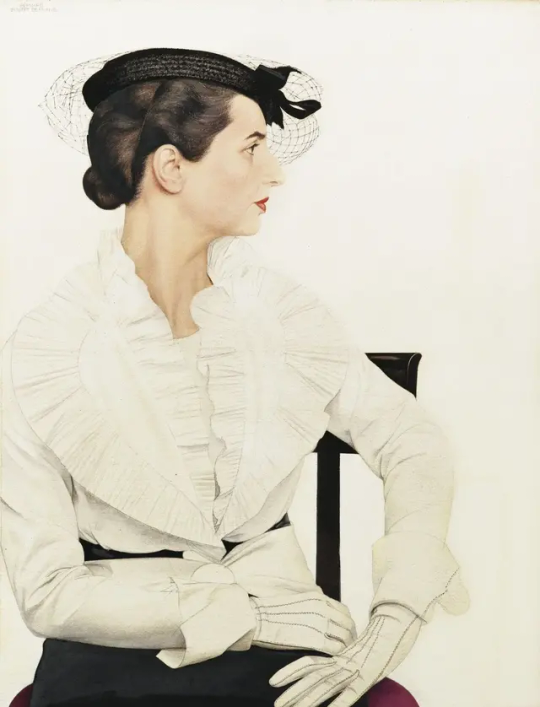
Delphine Boutet de Monvel, the artist's wife
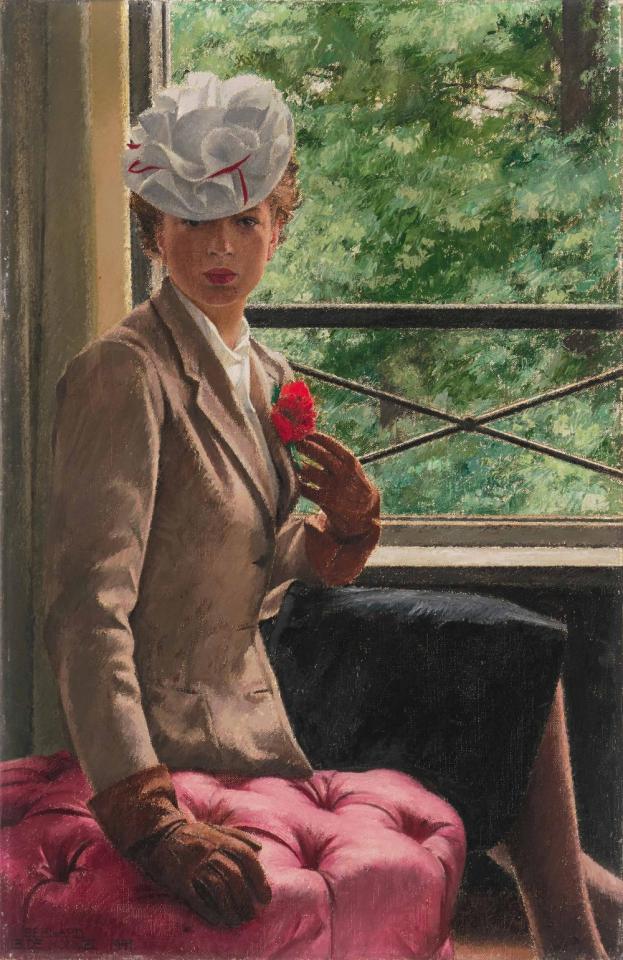
Portrait der Sylvie Boutet de Monvel (the artist's daughter) • 1941
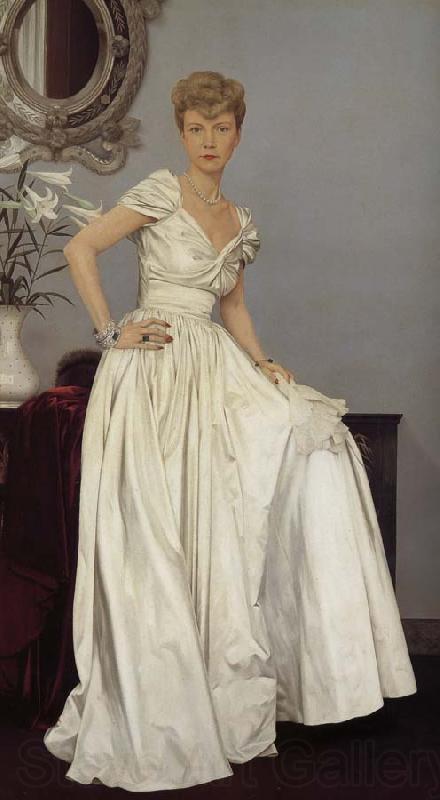
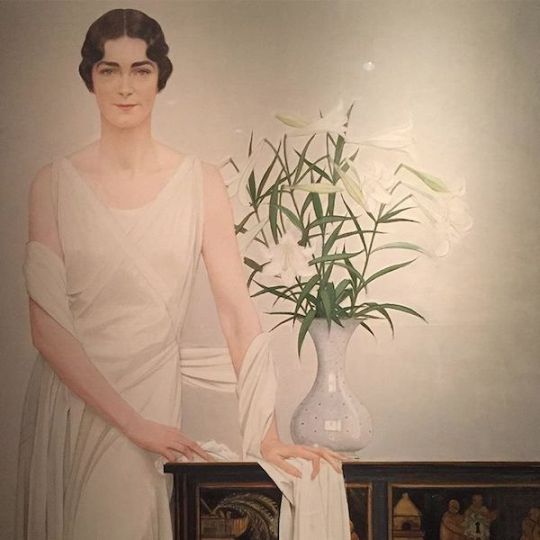
Right: Elizabeth Goodspeed • 1933
Left: Duchess de Brissac en robe du soir • 1945
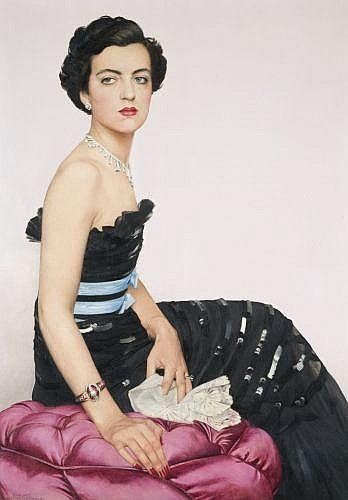
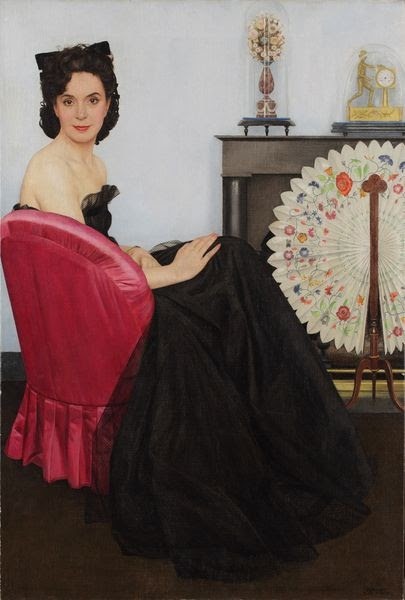
Right: Portrait of a Lady in a Red Armchair • 1930s or 40s
Left: Madame Pierre Champin • 1937
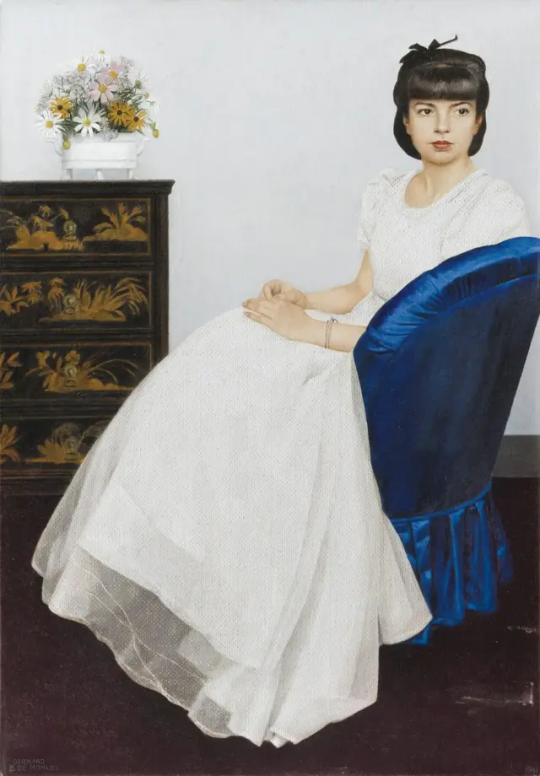
Sylvie Boutet de Monvel (the artist's daughter) • 1931
#fashion history#art history#1930s fashion#1940s fashion#art meets fashion#society portraits#bernard boutet de monvel#fashionable portraits#women's fashion history#female portraits#the resplendent outfit blog#art
23 notes
·
View notes